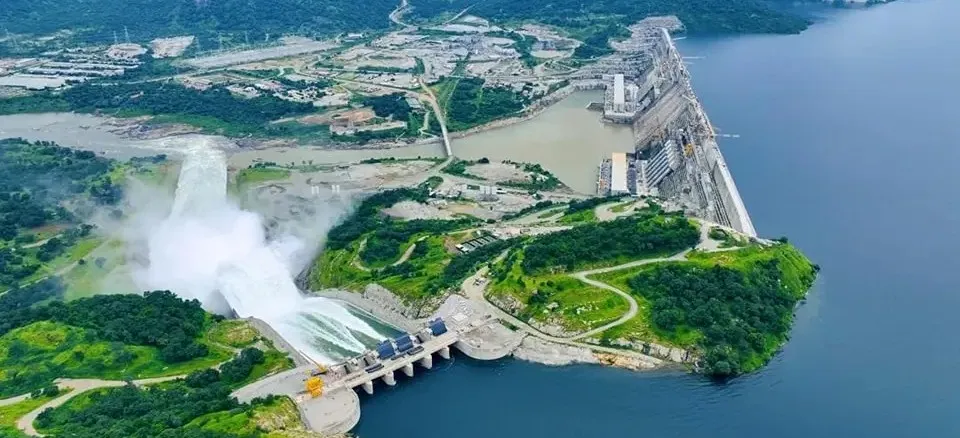Adaptation finance has been the core demand from developing countries for more than a decade, yet it continues to fall behind every other area of climate funding. The latest U.N. Adaptation Gap report quantifies the shortfall plainly: current financial flows cover only a fraction of what developing countries require, with needs estimated to be 10 to 18 times higher than the money available today.
At COP30, developed countries announced a plan to triple adaptation finance, calling it a renewed commitment to the communities facing the sharpest climate impacts. But the timelines immediately raised concerns. The larger share of this funding is expected to show up by 2035, a horizon that feels detached from the emergencies countries are already navigating.
Elizabeth Nsimadala, who leads the Eastern African Farmers Federation (EAFF), welcomed the attention on adaptation but questioned whether the structure of the agreements can deliver anything meaningful to farmers and rural producers. “The recognition of the need to boost adaptation finance is welcome,” she said in a statement shared with Mongabay.
“But the Global Goal on Adaptation does nothing to ensure this funding reaches smallholders and sustainable agriculture.” Her statement reflects a long-running gap between high-level climate pledges and the operational realities of those who must deal with heat stress, crop loss, and shifting rainfall patterns without buffers.
African negotiators also raised a separate concern: the form of the financing. A growing share of climate funds comes as loans, not grants. For countries already carrying heavy debt loads, this structure deepens vulnerability instead of reducing it. “Loans worsen the situations of countries already over-indebted,” said long-time negotiator Richard Muyungi.
“If adaptation finance depends on loans, adaptation is impossible.” His point carries weight across the region, where debt servicing already absorbs significant portions of national budgets.
COP30 did produce operational instructions for the world’s main climate funds, the Green Climate Fund, the Global Environment Facility, and the Adaptation Fund, urging them to expand support for national adaptation plans. Delegates also secured an additional USD 135 million pledge to the Adaptation Fund. These are incremental steps, but far from the scale required.
Read Also: Top 10 Hydrogen Stocks for Long-Term Growth
Africa’s climate needs now sit in the trillions, driven by the rise of extreme heat, destructive flooding, and prolonged droughts. The Intergovernmental Panel on Climate Change (IPCC), in its 2023 Sixth Assessment Report, warned that these trends threaten food supplies, disrupt economies, and intensify displacement across the continent. The science is no longer abstract; the impacts are already shaping migration patterns, public health pressures, and national budgets.
The broader climate finance debate has been building for years. At COP29 in Baku, countries agreed to grow global climate finance to at least USD 1.3 trillion annually by 2035, acknowledging that the previous targets were detached from current realities. Nearly 200 parties have ratified the UNFCCC and agree on the scale of the crisis. The remaining test is simple but unresolved: whether the money will move at the speed the climate demands, or at the pace global politics allows.



